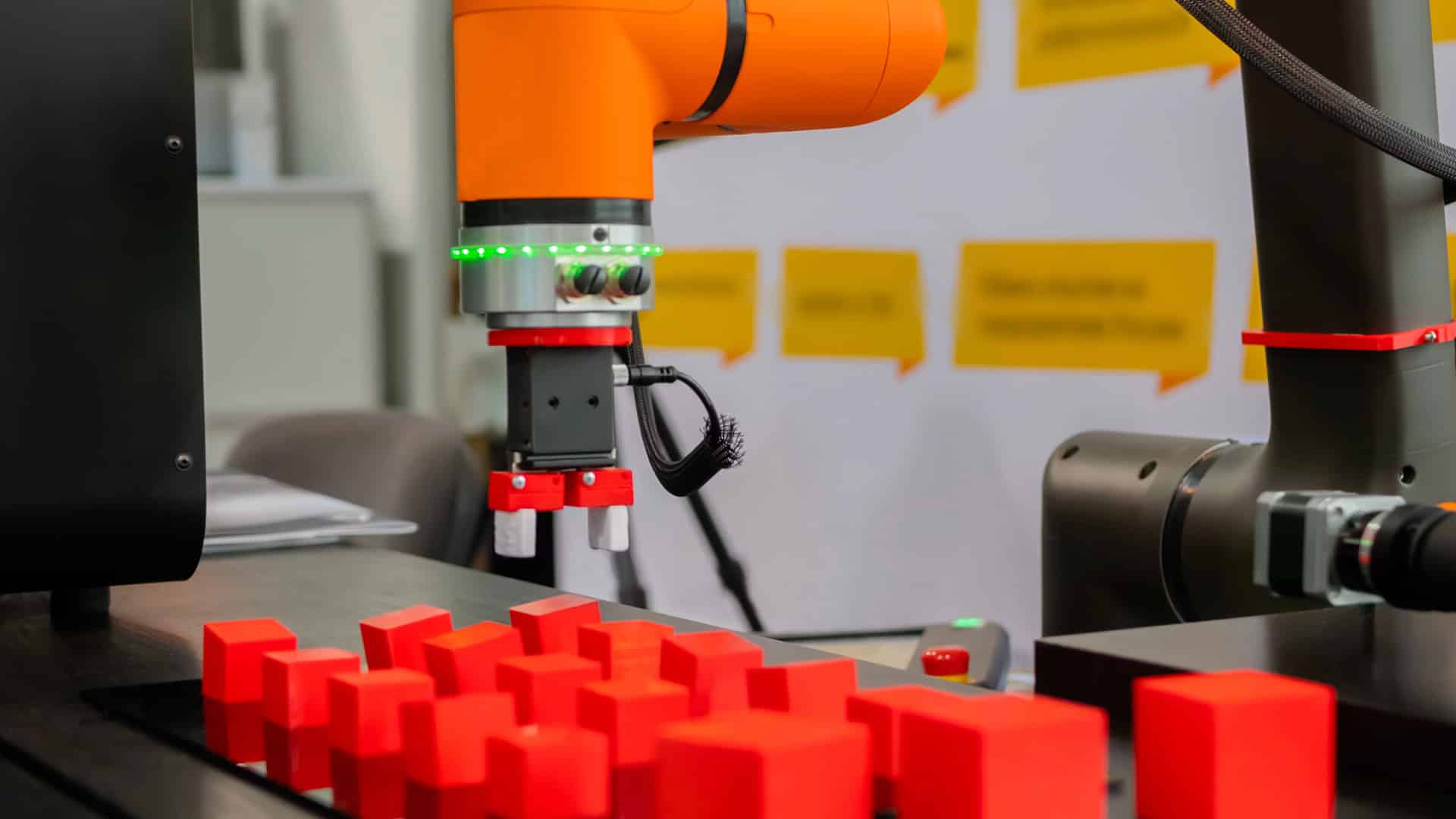Technology can be a critical tool to enable cutting-edge CX strategies. Hyper-personalization, omnichannel customer engagement, customer success programs, and self-service, AI-driven chatbots are some examples, but these tools alone cannot make up for unmotivated, inefficient, or indifferent workers, who can often inflict significant damage on customer relationships.
That is why organizations should take a thoughtful approach to building a CX team, which should cut across a wide swath of the organization’s functional departments. Although customers may only directly interact with a company’s front-line, customer-facing staff, a true customer-centric focus should be driving the actions of all employees.
A professional sports team, which has a head coach, several assistants, star players, role players, and support staff, is an example of an organization that employs a customer-centric focus, from the top down. A pro team makes money from ticket sales, merchandise, and television advertising, so the end goal is to keep the fans happy. Nothing makes the fans happier than winning, which is a key objective of sports teams, and generates or sustains interest from fans. As fan interest increases, so does revenue, which can then be reinvested into the team.
The organizational structure that most sports teams use can be adopted by organizations of all types, where each person has a role to play, but is focused on a singular goal. The CEO or president of the company is akin to the manager or head coach of the team; his or her vice presidents, directors, and managers serve as assistant coaches, helping to support and amplify the directives and goals of the CEO.
Star players and role players can equate to top-performing and regular performers; regardless of their perform level, each player or worker is expected to do their job with the same focus on the organization’s central goal and relevant objectives. Similarly, support staff within either type of organization also need to remain focused on the organization’s key goals, even if they do not have direct contact with the customers or primary operational function.
This approach helps develop a work environment and culture that has:
- A common, clear goal and obstacles to achieving it. Commonality and clarity of goals and obstacles allows the entire organization with focus, alignment, and motivation.
- Clear roles, responsibilities, and expectations. People know what they are expected to do and how they will contribute, which contributes to job satisfaction and helps to ensure more consistent experiences with customers.
Finding the right people to fill these roles requires significant forethought, but smart organizations realize that a workforce that engenders the following traits can be a pillar upon which a solid CX strategy can be built.
- Diversity. Different people can contribute in valuable ways, as varying backgrounds, types of experiences, and perspectives can help the organization relate to a wide range of customers, approaches, and viewpoints.
- Agility: Similar to sports teams, which may need to quickly adjust when players get hurt, are traded, or retire, business teams must be able to quickly respond and adapt to changing conditions.
- Team-oriented: Like a pro athlete, workers need to support their teammates to accomplish a goal. This approach could include assisting a customer even when the task falls outside their role, much like a starter in baseball may be asked to pitch out of the bullpen when the circumstances demand it.
- Empathetic: Empathy, or the ability to understand and share the feelings of another, is a trait that can help support CX initiatives. By displaying empathy with the customer and his or her situation, empathetic employees realize the value in truly helping customers find a solution, which engenders long-term loyalty and repeat business.
Ultimately, there are challenges in finding the right talent to staff your organization, and not all candidates will have the magic combination of hard and soft skills. But using this team-based approach as a guide to hiring will ensure that the majority of employees have the skills and mindset required to support your organization’s overarching CX goals and objectives.
Author Information
Keith Kirkpatrick is Research Director, Enterprise Software & Digital Workflows for The Futurum Group. Keith has over 25 years of experience in research, marketing, and consulting-based fields.
He has authored in-depth reports and market forecast studies covering artificial intelligence, biometrics, data analytics, robotics, high performance computing, and quantum computing, with a specific focus on the use of these technologies within large enterprise organizations and SMBs. He has also established strong working relationships with the international technology vendor community and is a frequent speaker at industry conferences and events.
In his career as a financial and technology journalist he has written for national and trade publications, including BusinessWeek, CNBC.com, Investment Dealers’ Digest, The Red Herring, The Communications of the ACM, and Mobile Computing & Communications, among others.
He is a member of the Association of Independent Information Professionals (AIIP).
Keith holds dual Bachelor of Arts degrees in Magazine Journalism and Sociology from Syracuse University.








